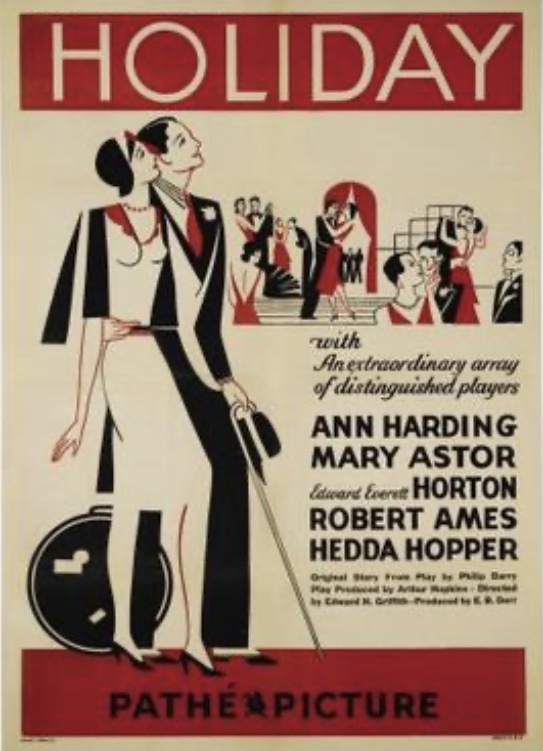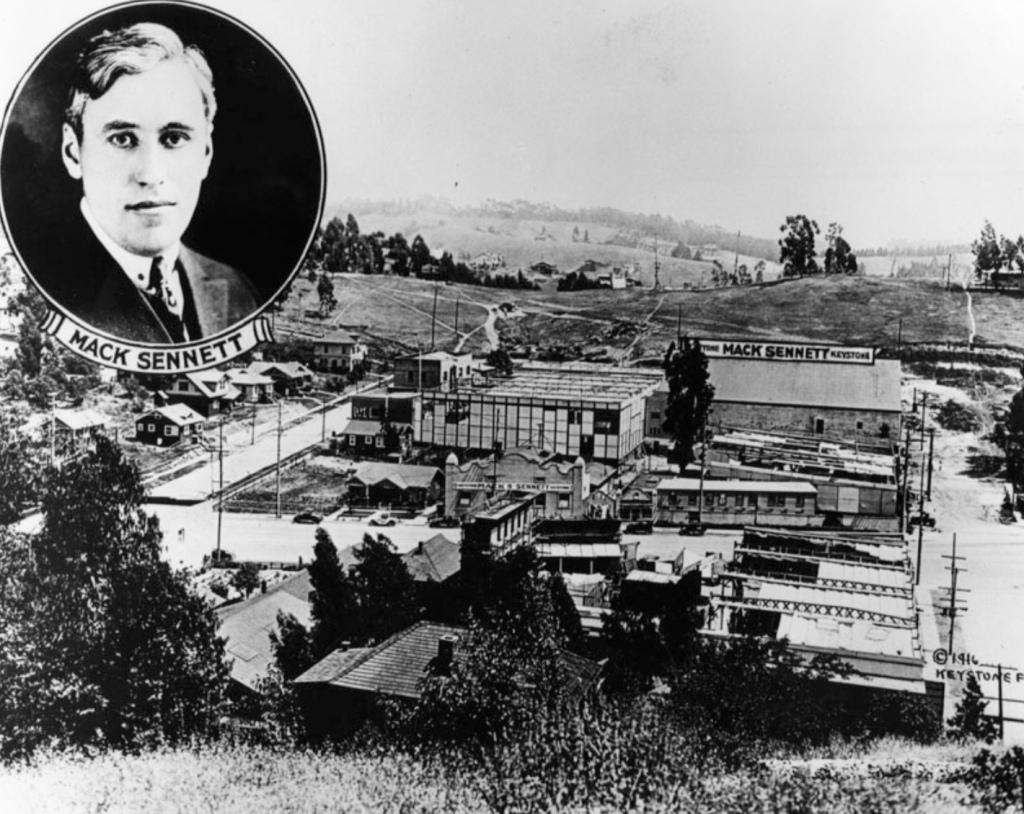Photoplay, September 1930
“Probably the most highly praised young actress of the past few months – Barbara Stanwyck, who shot to emotional stardom on the strength of her unforgettably beautiful and moving performance in ‘Ladies of Leisure ’. This office is bombarded with letters praising her beauty and acting power. We all expect big things of you, Barbara!”

Photoplay, March 1931
“Outside the ballroom at the Biltmore Hotel, Mary Pickford and Gloria Swanson take time out from dancing to talk things over. Mary’s white frock is heavy with beads – and she wore the cape all evening. Gloria’s gown is brown chiffon, and the jewellery’s jade. The cigarette is nonchalant.”

When Claudette Colbert played the title role in Cleopatra, 1934, the September 1934 issue of Silver Screen offered these insights: head 22 1/2 inches, neck 12 1/2, bust 33, upper arm 9 1/4, lower arm 9, waist 24, hips 33, thigh 19, calf 13, ankle 7 1/2, glove 6, shoe 6AA, height 5 foot 4 inches. Silver Screen also said, “Claudette thinks that Joan Crawford – who weighs 119lbs 15.51 ounces stripped – has the perfect figure among the Hollywood stars. Claudette thinks she’s far too thin to have a beautiful figure.”

Regular co-stars Alice Faye and Don Ameche on the cover of Screen Romances. In 1939, Alice Faye was named one of the top-ten box-office draws in Hollywood while a year later Don Ameche was voted the twenty-first most-popular star in Hollywood.

Don Ameche and Claudette Colbert in Midnight, a 1939 screwball comedy. Originally, the movie was largely overlooked due to the outbreak of World War Two. However, its merits were discovered in the 1960s through television reruns. Apparently, Barbara Stanwyck was slated for the Claudette Colbert role, but had to withdraw due to scheduling difficulties.

Fred Astaire and Ginger Rogers in The Barkleys of Broadway, their only colour film. They danced together in ten movies. Astaire’s other dance partners included Rita Hayworth, Eleanor Powell, Judy Garland, Vera-Ellen, Cyd Charisse, Leslie Caron and Audrey Hepburn.

Charles Boyer and Jean Arthur in History Is Made at Night, 1937.
Jean Arthur has one of the shortest Hollywood marriages on record. Her first marriage, to photographer Julian Anker in 1928, was annulled after one day.

Holiday, 1930, which starred Ann Harding and Mary Astor. Critics regarded the dialogue in this film as ‘the best yet heard from the screen’.
On the screen, Mary Astor is best remembered for her performance as Brigid O’Shaughnessy in The Maltese Falcon. She was born Lucile Vasconcellos Langhanke, in 1906.

Constance Bennett in Rockabye, 1932. During the 1930s Constance was the highest-paid actress in Hollywood. She specialised in playing society women in melodramas, and comedic roles. She married in 1925 and retired from movies. After her divorce in 1929 she made a comeback. Of that comeback, Picturegoer said, “Fans raved over her elegance, her perfect manners, her personality. Her voice was intriguing to a degree. It was the last word in sophistication.”

“In all my experience, I have seldom known of a very rich girl who made a finished actress on the stage. The daughters of the rich are taught to repress emotion. Give me the common clay, the kind that has suffered and even hungered. She makes the best star material.” – Charles Frohman theatre manager and producer, who died when the RMS Lusitania was attacked in 1915.

Joan Bennett in Scarlet Street, 1945. In many respects, Joan Bennett’s personal life was typical of the actresses of her era – four husbands and a scandal, a shooting that involved her third husband.
Joan was an active supporter of the Hollywood Democratic Committee, the Hollywood Anti-Nazi League and the Civil Rights Movement.

Humphrey Bogart and Ingrid Bergman in Casablanca, 1942.
A Gallop poll in 1945 placed Ingrid Bergman as the most popular female movie star, followed by Bette Davis, Judy Garland, Greer Garson and Betty Grable. The impression was Ingrid Bergman’s movies were dominating the movie theatres, which led to the New York joke, “Say, today I saw a picture without Ingrid Bergman in it.”

In 1911, Mack Sennett wandered into the Biograph studio and observed as D.W. Griffith created motion picture narration, moving pictures that told a fictional story. Sennett applied Griffith’s principles of camera work and cutting to comedy. Two years later, the Keystone Company were creating a new style of visual humour.

Charlie Chaplin created his character ‘The Tramp’ while sighed to Mack Sennett’s Keystone studio. At that stage, ‘The Tramp’ was just another oddball character. A year later, Chaplin was writing and directing his own films with ‘The Tramp’ his main character. In two years, ‘The Tramp’ became a folk hero the world over, and Chaplin became a regular dinner guest at Douglas Fairbanks and Mary Pickford’s home, ‘Pickfair’, Hollywood’s “royal court”.
